The rise of Non-Fungible Tokens (NFTs) has opened up exciting new possibilities in the art world, allowing digital artists to sell, collect, and trade unique pieces of artwork. However, one question often arises once you’ve acquired an NFT: how to display NFT art? Unlike traditional art, which can be physically framed and mounted on a wall, digital art comes with unique challenges. How do you display a digital asset that captures its value, enhances your space, and reflects the cutting-edge nature of the technology behind it?
Displaying NFT art in the physical world isn’t simply about printing an image or playing a video on a screen—it’s about creating a compelling experience that honors the digital medium. In this guide, we’ll explore the different types of NFT art and various methods for displaying these works in your home. From sleek digital frames and glass boxes to projector displays and interactive cases, you’ll find detailed solutions to showcase your NFT collection in innovative ways.
Types of NFT Art
NFT art can encompass a wide range of digital assets, from still images to complex multimedia experiences. Each type of NFT art requires specific considerations when it comes to display, as the medium, format, and interactivity all play a role in how best to present the artwork.
Digital Paintings and Illustrations

These are static digital artworks, often created with digital painting tools such as Photoshop or Procreate. Digital paintings and illustrations can vary in style from hyper-realistic portraits to abstract designs. They are commonly represented in formats like JPEG, PNG, and GIF.
- Display Consideration: Static images like digital paintings are best displayed on high-resolution digital frames or as prints, where the clarity of the image can be fully appreciated.
Animated or Video NFTs
Video NFTs include animations, short films, and looping video clips. These pieces often engage viewers with motion and sound, providing a more immersive experience. Formats typically include MP4, MOV, or GIF files.

- Display Consideration: Video NFTs benefit from larger screens or digital frames that support video playback. Consideration should also be given to sound quality if the piece includes audio.
Generative Art NFTs
Generative art is created through code, algorithms, or artificial intelligence, which results in unique, one-of-a-kind works that may evolve or change over time. These NFTs can be both static and dynamic, with the possibility of producing a different version every time the artwork is viewed.

- Display Consideration: Because generative art may continuously change, it’s best displayed on digital screens with a high refresh rate and the ability to update regularly. Some screens also allow for a randomization of pieces, further enhancing the dynamic nature of the artwork.
3D or Virtual Reality Art
3D art NFTs allow for interactive experiences where the user can rotate or zoom in on the artwork. Virtual Reality (VR) or Augmented Reality (AR) artworks may require specialized equipment to fully experience.
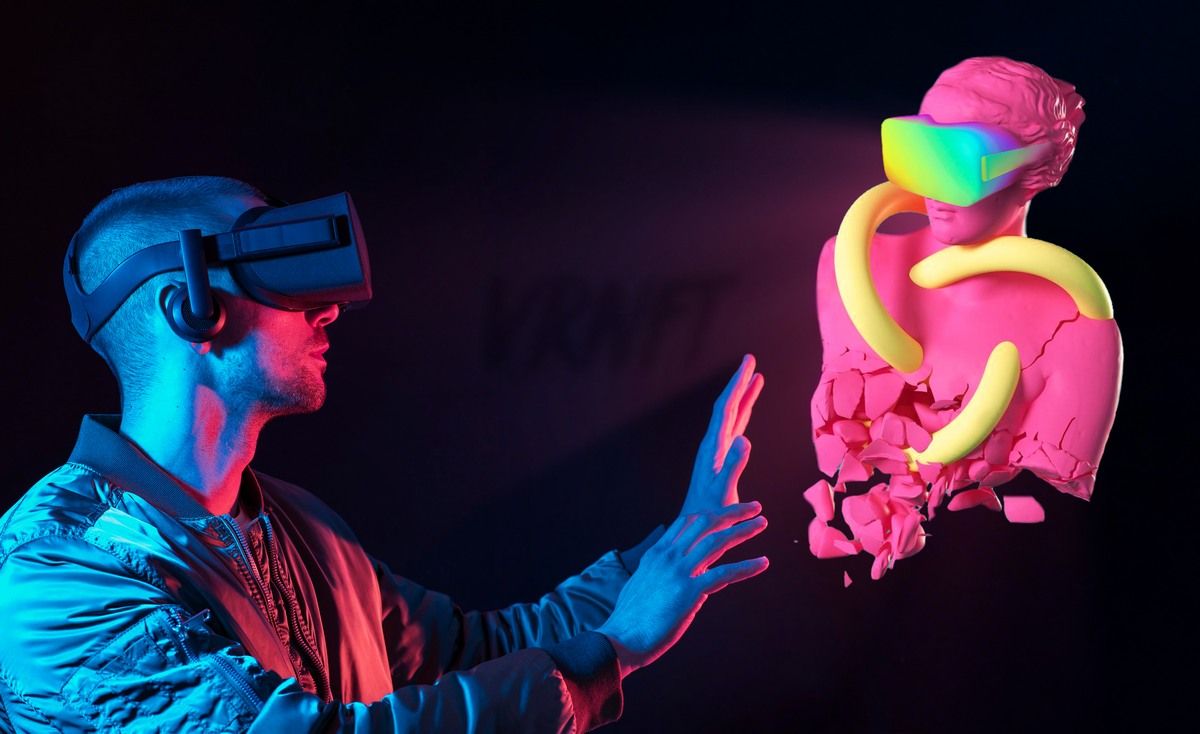
- Display Consideration: 3D NFTs can be displayed using a 3D digital frame or in VR headsets for an immersive experience. Some may also be placed inside interactive display cases.
Photography NFTs
Digital photography NFTs involve photographs that are captured and minted as unique, tradable digital assets. These can range from fine art photography to conceptual or experimental works.
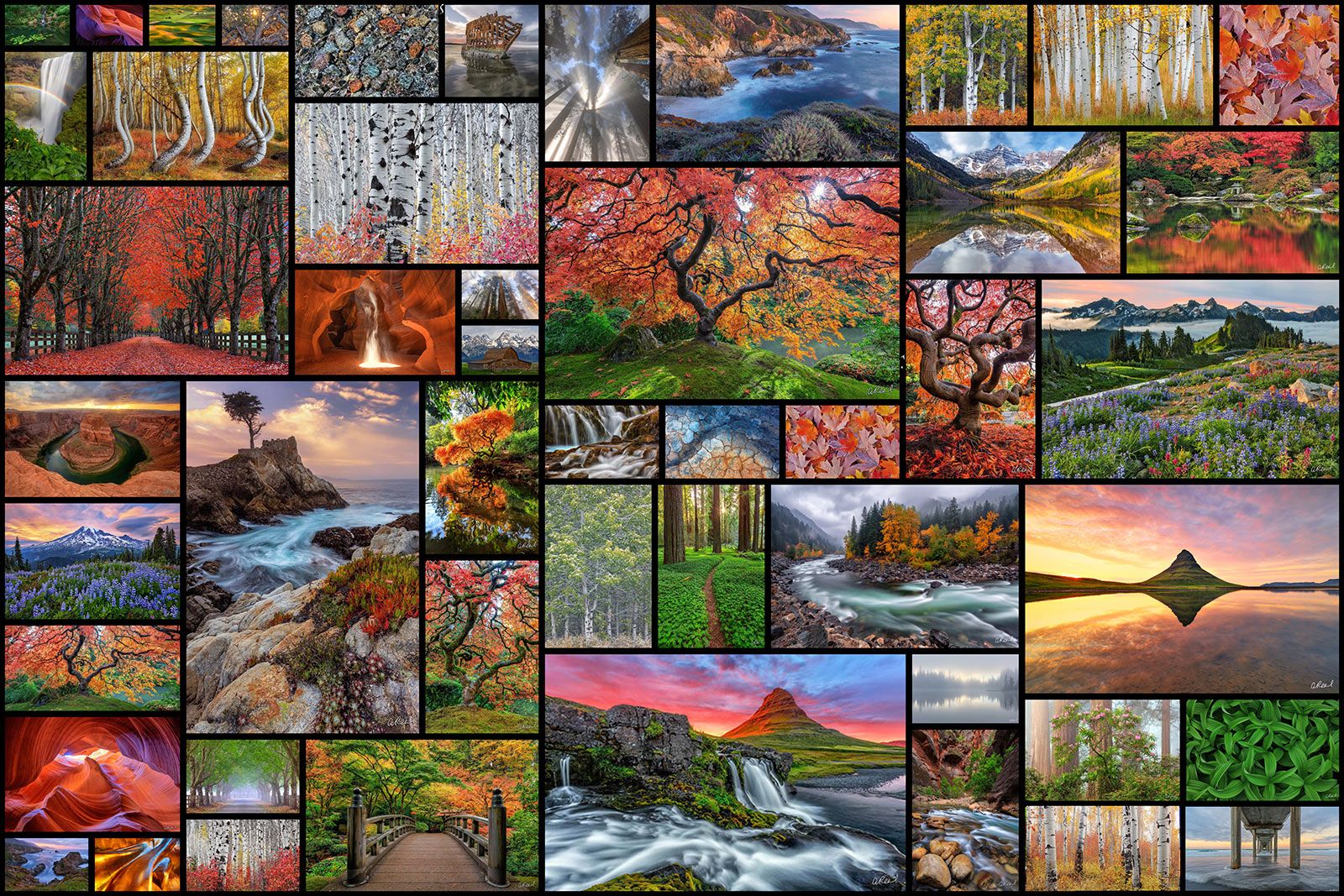
- Display Consideration: Photography NFTs can be displayed similarly to digital paintings, with high-quality digital frames, but they may also benefit from physical prints if the intent is to mimic traditional art displays.
Music and Audio NFTs
NFTs aren’t just for visual art; they can also represent audio files like music, soundscapes, or sound art. These NFTs are a digital record of the audio, often accompanied by visuals or graphics.
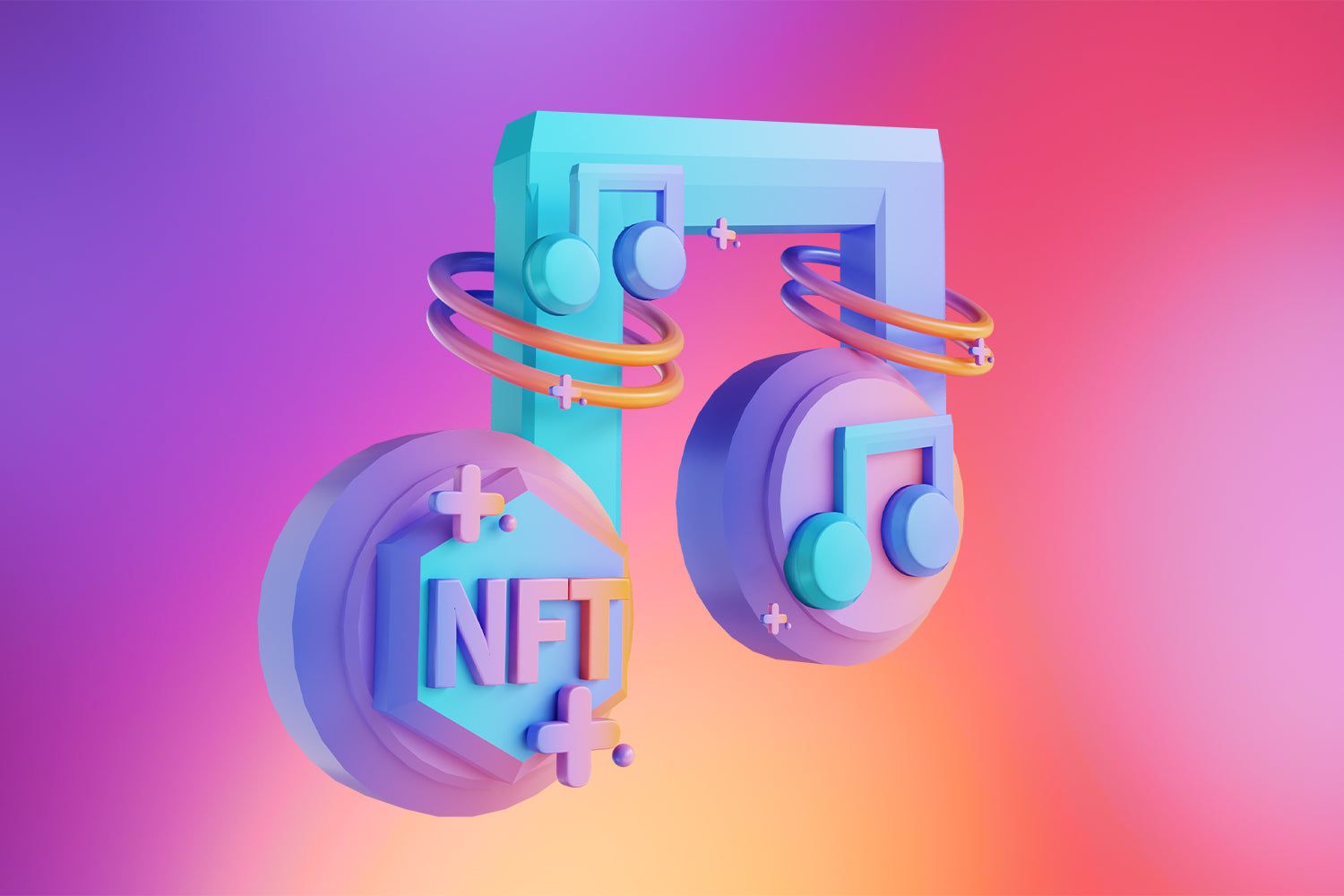
- Display Consideration: Music NFTs may require accompanying visuals, such as digital artwork or animations, displayed on screens. The audio itself can be played through speakers or integrated into a home theater system to enhance the overall experience.
Each type of NFT requires specific methods for showcasing, whether that’s through digital frames, projection, or interactive displays. Now that we’ve identified the different types of NFT art let’s look at how to display them.
How to Display NFT Art on a Wall
One of the most classic methods for displaying art is to hang it on a wall, but digital art presents some unique challenges. Traditional picture frames don’t work for NFTs, but digital frames provide a modern solution that allows collectors to display digital art in a physical space.
Digital Frames: The Perfect Solution for Static and Dynamic Art
Digital frames are the easiest and most popular way to display NFT art on a wall. These devices allow you to showcase your NFT as if it were a traditional painting but with the added benefit of changing the artwork on demand.
- Step 1: Choose a High-Quality Digital Frame There are several high-quality digital frames available that are optimized for displaying artwork. Look for a frame with a high resolution (preferably 4K or above), which is important for ensuring that your NFT’s fine details are clear. Popular options include Meural Canvas, Samsung The Frame, and Nixplay Smart Digital Frame. These frames are not only functional but designed to mimic traditional art frames.
- Step 2: Upload Your NFT to the Frame Uploading your NFT to the digital frame can be done in a few ways, depending on the brand of the frame. Some digital frames connect to platforms like Artivive or Async Art, which allow you to automatically display your NFTs. Others may require uploading the NFT file through a USB drive, SD card, or even cloud-based platforms.
- Step 3: Mount the Frame Once your NFT is uploaded to the frame, it’s time to mount it on the wall. Many digital frames offer wall-mounting options, just like traditional framed art. Ensure the frame is secure and placed in a location with good lighting to make the art pop.
One of the best features of digital frames is that you can rotate your art whenever you like. For example, if you own multiple NFTs, you can easily cycle through different pieces to create a dynamic, ever-changing display in your home.

Using Projectors to Display Video NFTs on a Wall
For larger-scale displays, projectors offer an exciting way to showcase video NFTs, especially if your artwork includes motion, video, or animation.
- Step 1: Invest in a High-Resolution Projector To display NFT art with clarity and precision, you’ll need a high-quality projector with at least 1080p resolution, though 4K is ideal for showcasing fine details. Brands like Epson and BenQ offer projectors that provide excellent color accuracy, brightness, and sharpness.
- Step 2: Set Up the Projection Area Choose a blank wall or a projection screen. The size of the wall you choose should match the size of the image you want to project. Ensure the room is dark enough for optimal viewing, especially if your NFT art includes fine details.
- Step 3: Play Your Video NFT Video NFTs can be streamed directly from platforms like OpenSea or SuperRare, or you can download the file and play it via a media player connected to the projector. You may need to adjust the settings for optimal color and contrast, depending on the type of artwork you’re displaying.
Projectors are ideal for displaying dynamic or animated NFTs, giving them a larger-than-life presence on your wall. This setup works especially well in home theaters or dedicated art rooms.
How to Display NFT Art in a Frame
If you prefer the traditional framed look but still want to showcase digital art, you can opt for a digital picture frame designed specifically for this purpose.
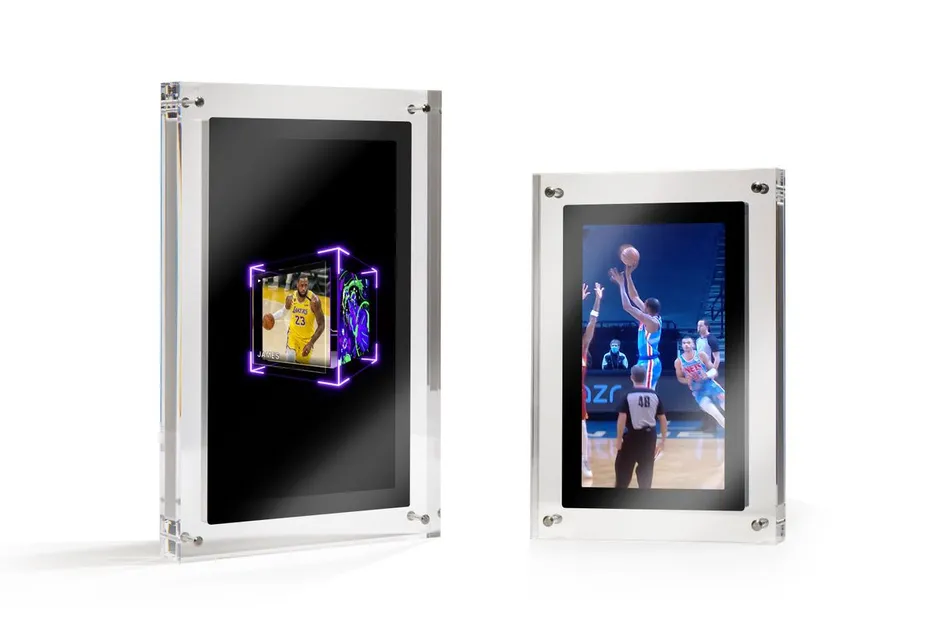
Digital Picture Frames: Combining Tradition with Technology
- Step 1: Choose the Right Digital Frame Digital frames that can display NFTs come in a variety of styles and sizes. Consider the overall aesthetic of your home when choosing a frame. Some frames are designed to look like traditional frames, while others offer a more minimalist, modern look. Popular options include Samsung The Frame, Pix-Star, and Nixplay.
- Step 2: Upload Your NFT Uploading your NFT to the frame can be done through a variety of methods, depending on the brand of the frame. Some frames allow you to upload directly from a USB drive or SD card, while others connect to cloud-based platforms or apps. Make sure the file format of your NFT is compatible with the frame (usually JPEG, PNG, MP4, or GIF).
- Step 3: Mount the Frame Once your digital frame is set up and loaded with your NFT, mount it on the wall. Many digital frames are designed to be hung just like a traditional picture frame, allowing you to seamlessly incorporate digital art into your home.
Digital frames are perfect for static NFTs but can also display animated works or short video clips, providing an engaging way to showcase dynamic digital art in a physical space.
How to Display NFT Art in a Case
Some collectors prefer to showcase their NFTs in display cases. This method provides additional protection for the digital hardware and creates a more interactive experience for the viewer.
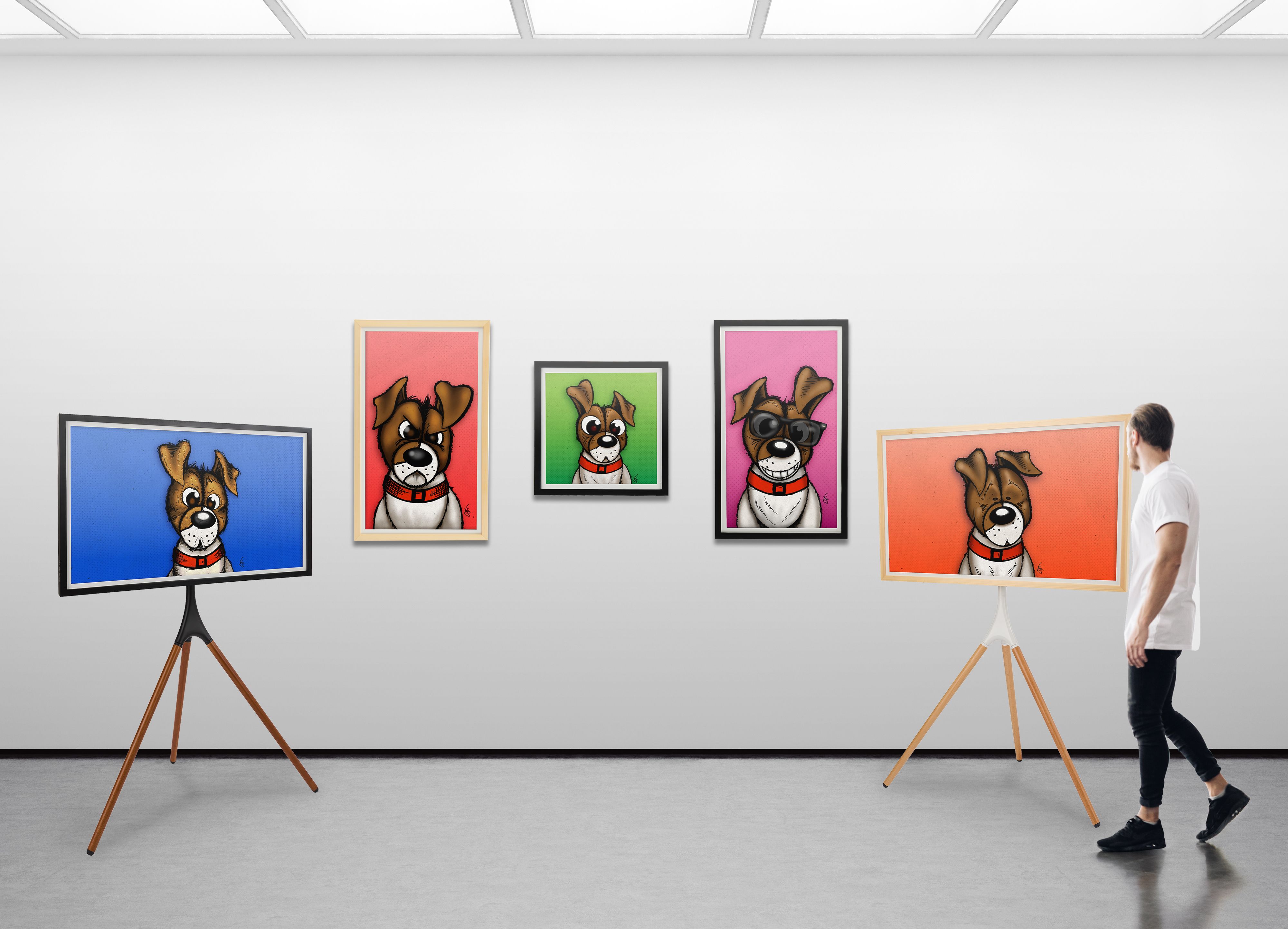
Display Cases with Integrated Screens
Display cases designed to hold digital screens offer a visually striking and secure way to showcase NFT art.
- Step 1: Select a Display Case Look for cases that include built-in screens. These cases can come in a variety of designs, from simple glass enclosures to more complex setups with LED lighting or rotating displays. LED-lit display cases can enhance the vibrancy of the art, adding extra drama to your display.
- Step 2: Set Up the Digital Screen Once the screen is mounted inside the case, upload your NFT. Some cases are designed to work with a simple USB drive or SD card, while others connect to Wi-Fi, allowing you to change the artwork remotely. Make sure the screen is set to the correct orientation and that cables are neatly hidden.
- Step 3: Position the Case Display cases should be positioned in a prominent spot where the art can be viewed easily. Keep in mind that the case might attract more attention than a traditional frame, so choose an area where it can stand out.
How to Display NFT Art in a Glass Box
A glass box is a sleek, modern solution for displaying NFTs, especially if the art is 3D, interactive, or requires light to create a unique effect.
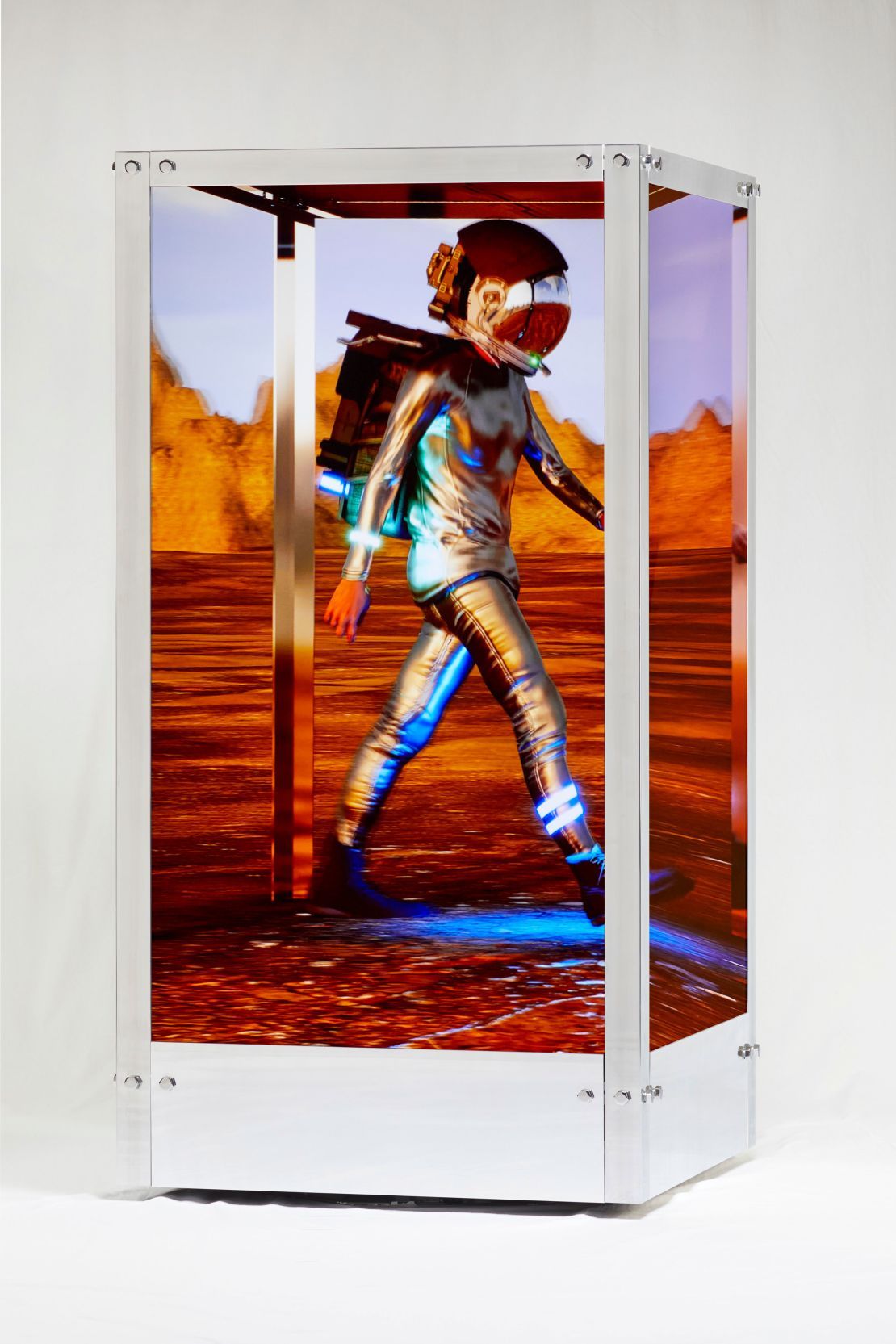
Interactive and 3D Display Boxes
- Step 1: Choose the Right Glass Box Look for a glass box with an integrated screen or space for a digital frame. Some glass boxes come with built-in touchscreens, while others may require you to install a separate digital display inside.
- Step 2: Position the Artwork For 3D art or NFTs that require rotation, place the piece inside the box at an angle that allows for full visibility. Many glass boxes are transparent, so viewers can appreciate the artwork from all sides.
- Step 3: Lighting and Presentation Consider adding LED lights or fiber optic lighting to the glass box to highlight your NFT art. Many collectors use customizable lighting to create a glowing effect, which can make the artwork stand out and add drama to your space.
Glass boxes provide a sophisticated and futuristic way to display digital art, making them ideal for high-end or limited-edition NFTs.
How to Display Digital NFT Art at Home
In addition to the methods outlined above, there are several other ways to display NFT art at home. These methods offer versatility and are perfect for collectors who want to integrate their digital assets into a home environment without using traditional frames or cases.
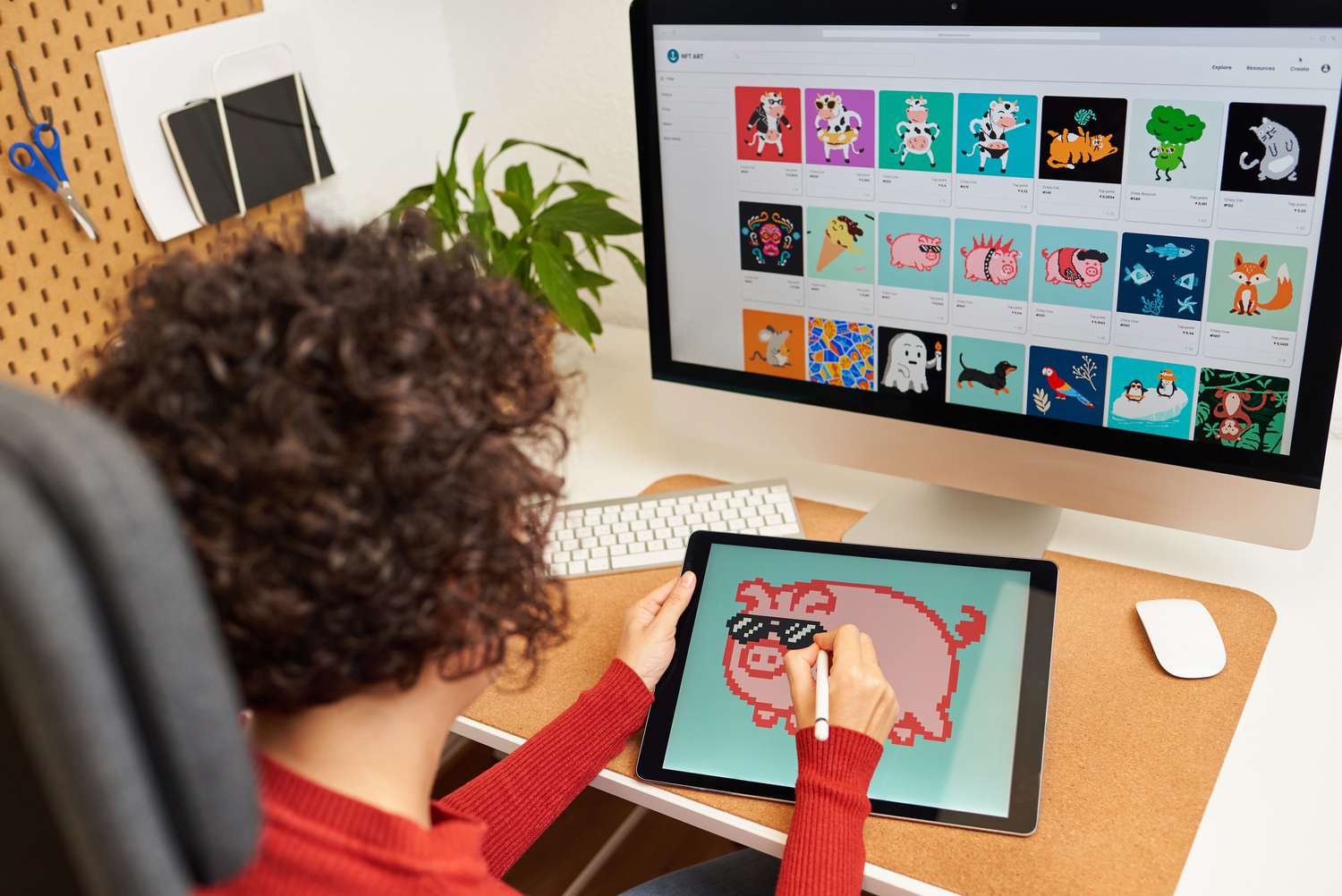
- Smart TVs – Many collectors use their smart TVs as digital frames for NFT art. Modern televisions, particularly 4K or OLED models, offer a stunning resolution, making them ideal for displaying high-quality digital art. You can upload your NFT to cloud storage or use streaming services to rotate different artworks.
- Tablets and Laptops – If you prefer a portable option, consider displaying NFTs on tablets or laptops. These devices allow you to easily switch between different pieces of art and move them around your home as desired.
- Dedicated Digital Art Devices – Some companies are creating devices specifically designed to showcase digital art. Products like the Canvia digital canvas and Infinite Objects offer dedicated platforms for displaying NFT art, allowing you to create an elegant, interactive viewing experience.
Conclusion
Displaying NFT art at home requires careful thought about how best to present digital assets in a physical space. While traditional art can be easily hung on a wall, NFTs demand a more nuanced approach. Whether you’re using a digital frame, a glass box, or a projector to display video NFTs, the goal is to create a viewing experience that complements the unique qualities of each piece.
As the world of NFTs continues to evolve, so too will the technologies and techniques used to display digital art. By embracing the flexibility of digital platforms and incorporating cutting-edge display methods, collectors can ensure their NFTs are shown in the best possible light—allowing others to appreciate the artistic and technological value of these unique pieces. Whether you’re showcasing static digital paintings or interactive 3D works, there are endless possibilities for displaying NFT art in your home.
Read more: ABOUT GRID TRADING TECHNIQUES

